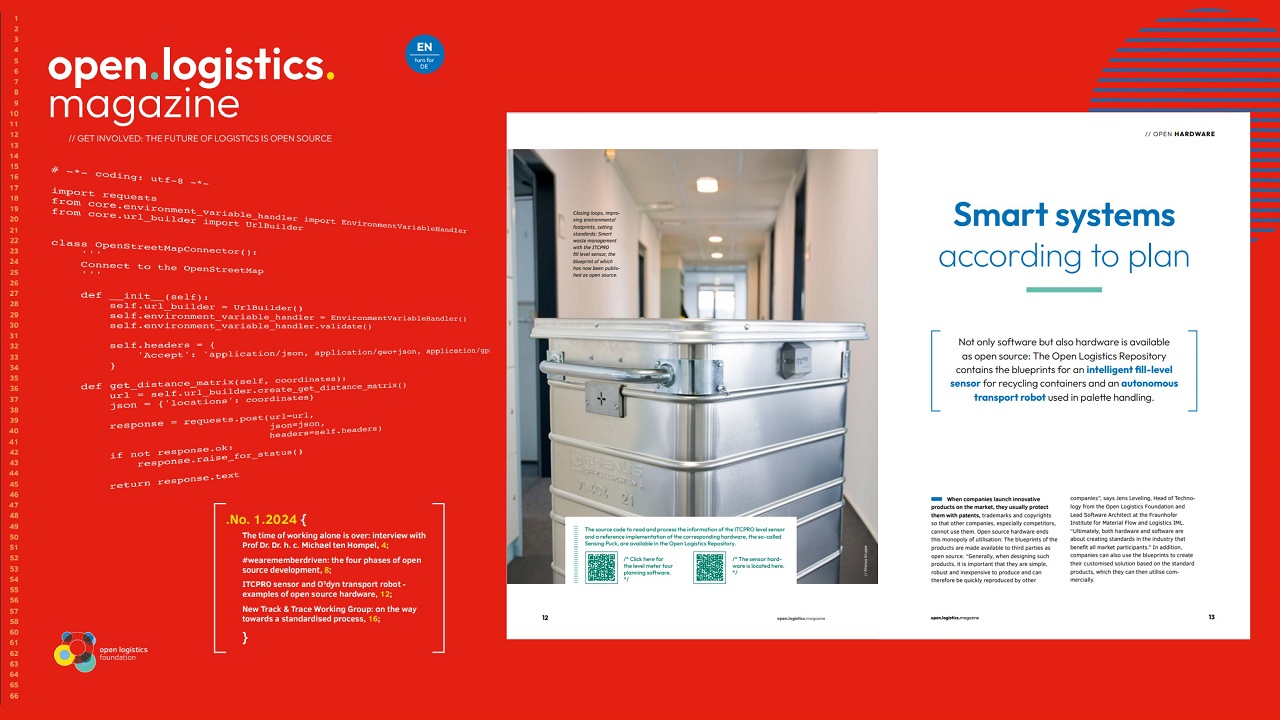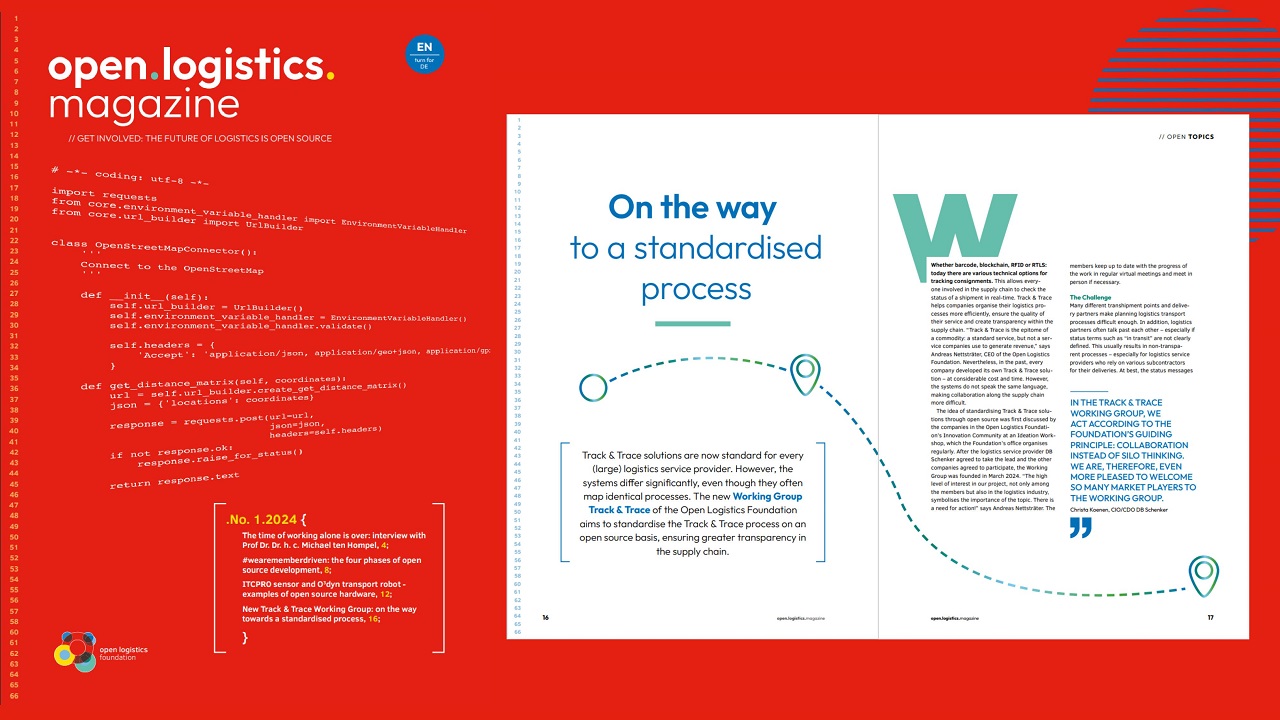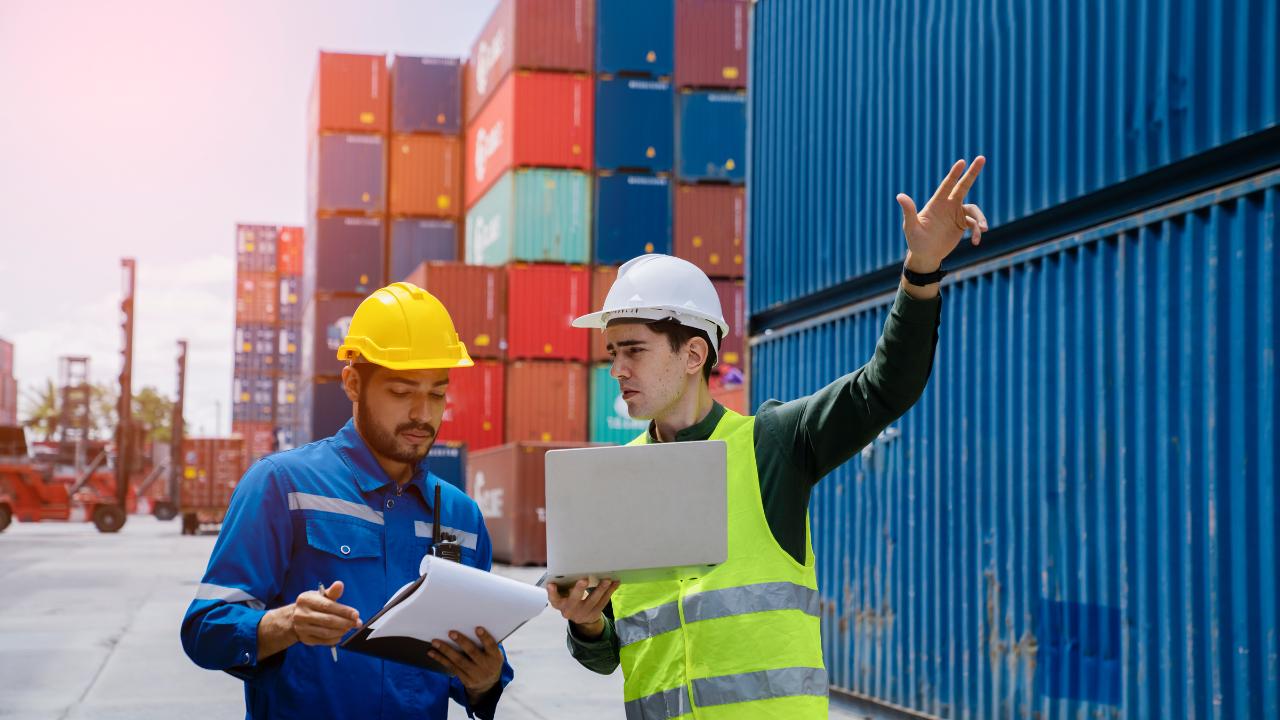Blockchain helps to connect authorities and supply chain actors in different territories more closely. BORDER and GPID are blockchain-based web applications. The use of blockchain technology enables the digital handling of customs-related documents, data and processes including the documentation of status and data changes – trustworthy and tamper-proof for all parties involved.
What are the main benefits of Blockchain?
The potential benefits are manyfold, for customs clearance blockchain technology introduces multiple exciting possibilities at once, most prominently:
- Eliminating duty evasion
- Reducing fraud
- Making borders delay-free
- Simplifying post-clearance audits
- Improving information exchange between authorities and economic operators
This potential is recognised by customs authorities around the globe, as the Report on Disruptive Technologies of the World Customs Organization (WCO) and the World Trade Organization (WTO) shows. First functioning implementations prove that authorities can even be drivers of innovation, if they wish so.
What is currently preventing a global application?
Complexity and cost make it difficult to introduce blockchain-based functions unilaterally. As the first functional examples show, authorities must be on board to achieve a full scale integration of blockchain with existing customs processes and systems. Firstly, to give their approval to a blockchain based (i. e. decentralised and tamper proof) exchange of customs data and documentation and secondly to facilitate technical connectivity and to help make regulatory adjustments where needed.
Furthermore, the existing real-world applications also indicate how the commercial fees involved and the extensive datasets required by most parties, can hamper a simple replication of existing solutions in other customs territories.
How can a broader application be achieved?
In a joint application-oriented initiative, leading logistics and customs service providers as part of the Open Logistics Foundation together with R&D experts from Fraunhofer Institute for Material Flow and Logistics (IML) launched a Working Group to make blockchain for customs and logistics processing easily attainable at a lower cost. Their project combines simplified sets of key customs data, open source blockchain software, and focuses on the needs of both authorities and supply chain partners. With development well underway, the consortium is now accessible to customs authorities (EU customs union and non EU members) to launch a test version in a pilot project.
By Roman Koller, Research Associate, Fraunhofer IML, and Michael Douglas, Senior Consultant, ALS Customs Services
This article was published in the first issue of the Open Logistics Magazine. You can read the full magazine and register for future editions here.




